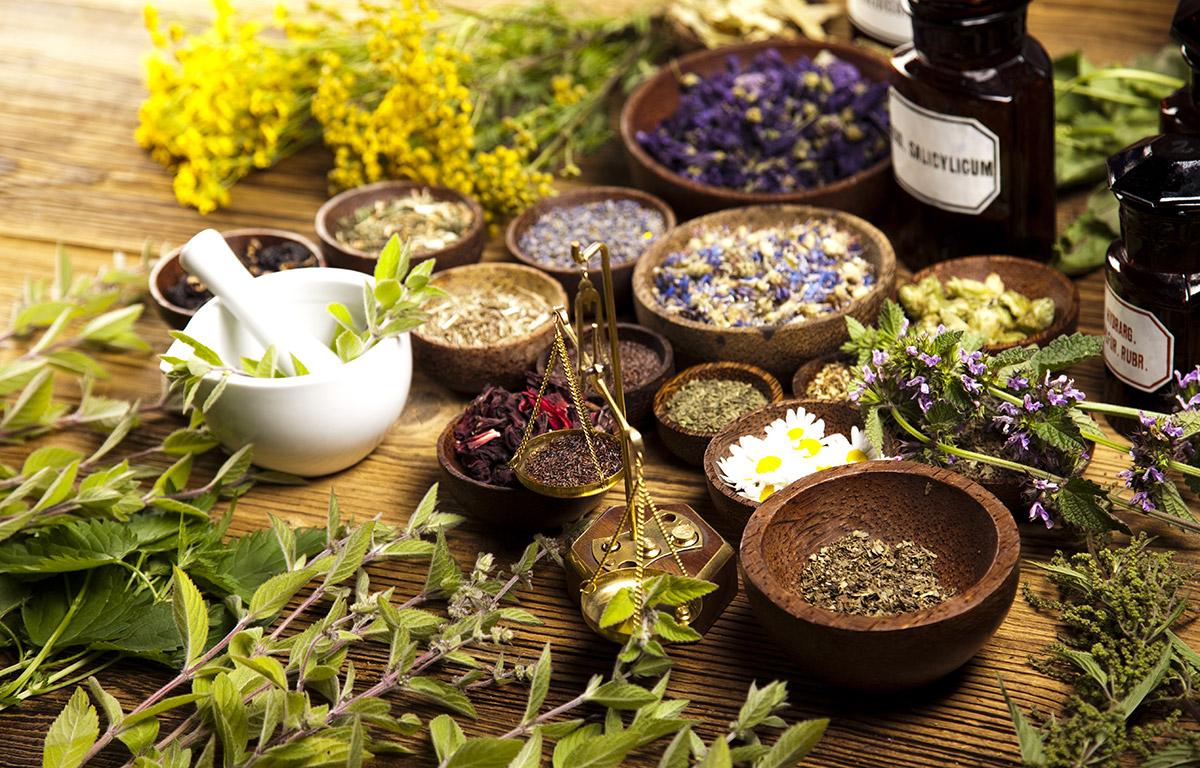The Global Traditional Medicine Market is estimated to be valued at US$ 174.89 BN in 2024 and is expected to exhibit a CAGR of 7.5% over the forecast period from 2024 to 2031.
Traditional medicine refers to health practices, approaches, knowledge and beliefs incorporating plant, animal and mineral based medicines, spiritual therapies, manual techniques and exercises, applied singularly or in combination to treat, diagnose and prevent illnesses or maintain well-being.
Traditional medicine products are derived from natural sources such as plants, animal parts and minerals. These products pose very low health risks and side effects as compared to allopathic medicines. They are considered safer alternatives to treat minor illnesses, ailments and for general wellness. Additionally, the COVID-19 pandemic has fueled increasing demand for traditional medicines and remedies to strengthen immunity in a natural way. The Global Traditional Medicine Market is driven by rising popularity of natural and herbal products and therapies due to perceived safety and efficacy.
Key Takeaways
Key players operating in the Global Traditional Medicine Market are Guizhou Yifang Pharmaceutical Co., Ltd., Guangzhou Baiyunshan Pharmaceutical Holdings Co., Ltd, Tasly Holding Group Co., Ltd., Kotobuki Seiyaku Co., Ltd., Herbalife Nutrition, Imperial Ginseng Products Ltd., Hammurapi Pharma GmbH, Zydus Nutriva, Hawaii Pharma, LLC, VitaHealth Australia, Amrita Ayurvedic Pharmaceutical, The Himalaya Drug Company, Dabur, Kotaro Pharmaceuticals Company, Charak Pharma, Fortis Healthcare, Baidyanath Ayurved.
The Global Traditional Medicine Market is witnessing growing demand due to increasing health awareness and preference for natural remedies. Many people are now embracing traditional medicine practices and herbal products to boost immunity and treat illnesses in a holistic manner.
The market is also expanding globally with more countries accepting traditional medicine practices. Several firms are investing in R&D to develop innovative traditional medicine products and therapies and improve their clinical efficacy and quality standards to meet regulatory protocols across markets.
Market Drivers
The key driver propelling the growth of the Global Traditional Medicine Market size is the rising popularity of natural and herbal therapies. More people now favor incorporating natural remedies and traditional practices into their healthcare routines due to perceived safety benefits as compared to allopathic drugs. Additionally, emerging studies validating the efficacy of some alternative treatments are increasing consumer trust in traditional medicines. This is expected to drive higher demand over the forecast period.
Impact of geopolitical situation on the growth of the Global Traditional Medicine market
The global traditional medicine market is facing several challenges in its growth due to the changing geopolitical landscape across the world. Heightened geo-political tensions and trade wars between major economies like the US, China and India are negatively impacting easy flow of resources and raw materials required for traditional medicines. Moreover, rising nationalism and protectionism is restricting cross-border cooperation and knowledge sharing in this field. For instance, lack of mutual recognition of traditional medicine practices between countries is hindering development of common standards and globalization of this industry. Additionally, political instability and conflicts in key markets like Middle East and Africa is disrupting local supply chains and distribution channels.
To overcome such challenges, companies operating in this sector need to diversify their supply sourcing and consider alternate markets. They will have to focus on developing globally accepted quality and safety regulations to gain wider acceptability. Furthermore, more bilateral and multilateral collaborations between governments and industry associations can help reduce trade barriers. Traditional medicine practitioners and researchers also require global platforms to strengthen clinical research and promote evidence-based practices. Overall, reducing geopolitical tensions and facilitating cross-border partnerships will be crucial for sustainable growth prospects of the global traditional medicine industry.
Traditional Medicine Market concentration in certain geographical regions
The global traditional medicine market in terms of value is highly concentrated in Asia Pacific region, mainly across China, India and Southeast Asian countries. Together, these nations account for over 65% of worldwide sales revenue. This is because traditional medicine forms an integral part of the culture and healthcare systems in APAC since ancient times. Availability of raw materials and trained practitioners have made APAC a dominant manufacturing and sourcing hub. Within the region, China represents the largest market surpassing a value of US$ 80 billion owing to widespread use of Chinese herbal medicine and acupuncture therapy.
Fastest growing region in the Global Traditional Medicine market
The Middle East and Africa region is poised to be the fastest growing market for traditional medicine over the forecast period from 2024 to 2030. It is anticipated to register a CAGR of over 10% during this time. Major factors contributing to high growth include rising adoption of Ayurveda and traditional Arabic medicine along with growing health tourism from Gulf and African countries. Besides, limited access and higher costs of modern medicine have increased reliance on low-cost traditional therapies in African nations. Notable demand boosters include herbal products, spa therapies, and treatments like yoga and naturopathy gaining mainstream acceptance. Oman, Saudi Arabia and South Africa are lined up as emerging hubs fueling future expansion.
Explore Our More Blogs Here: https://www.newsanalyticspro.com/global-traditional-medicine-market-size-and-outlook/
Explore more trending article on this topic: https://masstamilan.tv/combine-harvesters-the-machines-that-revolutionized-farming/
